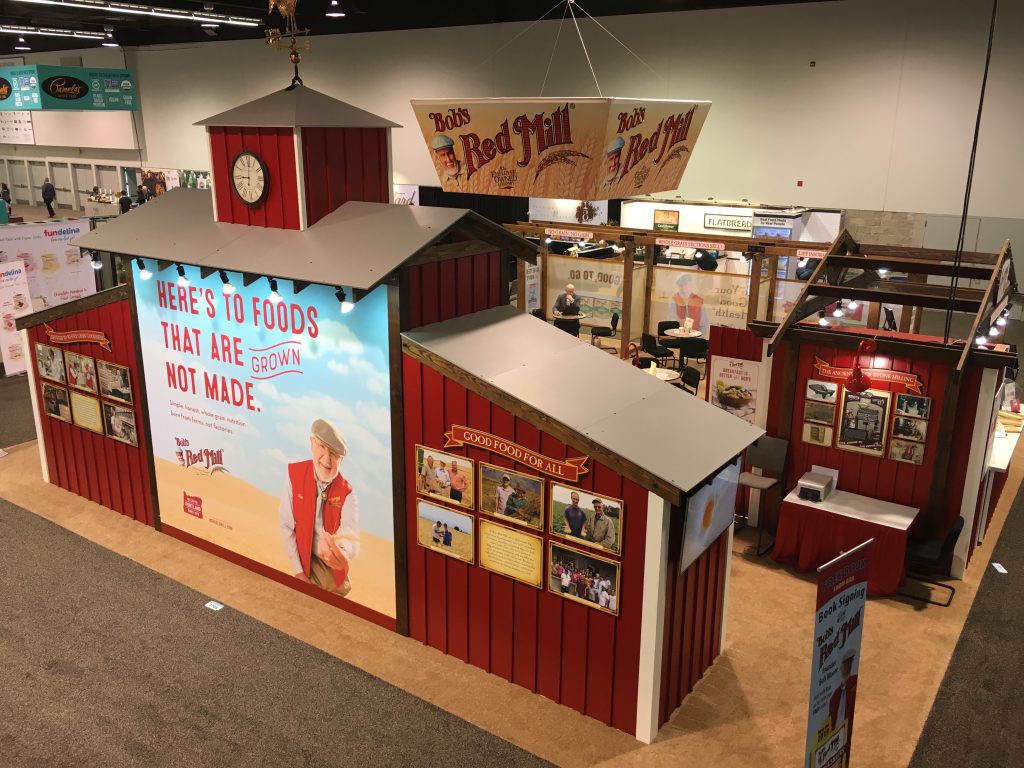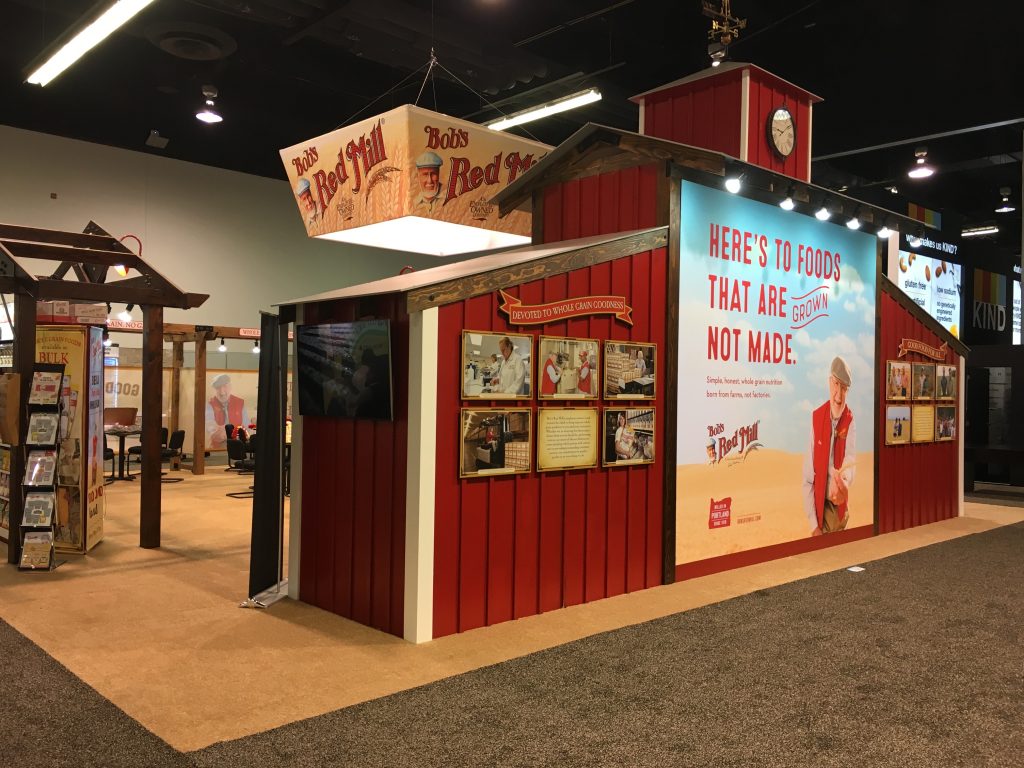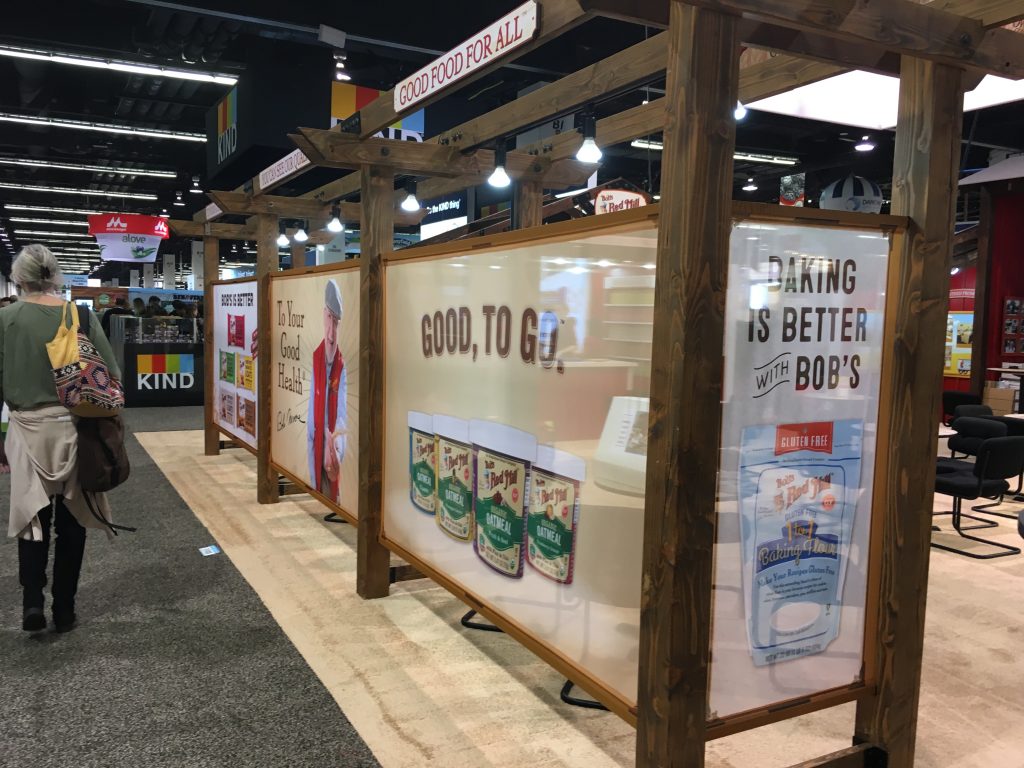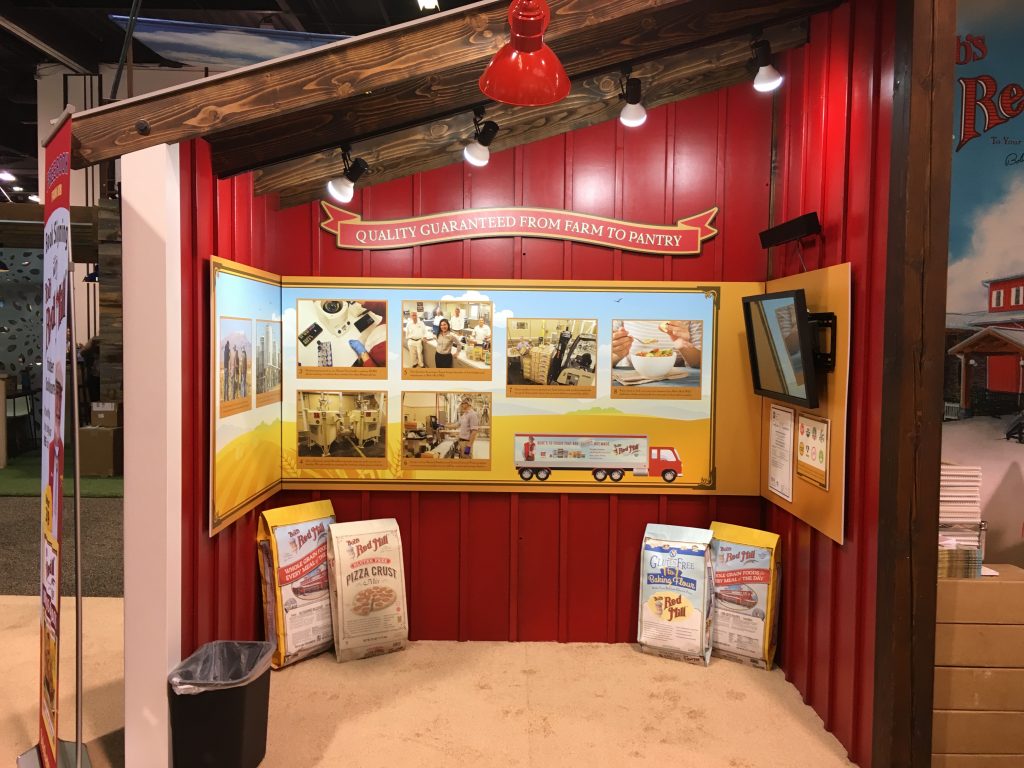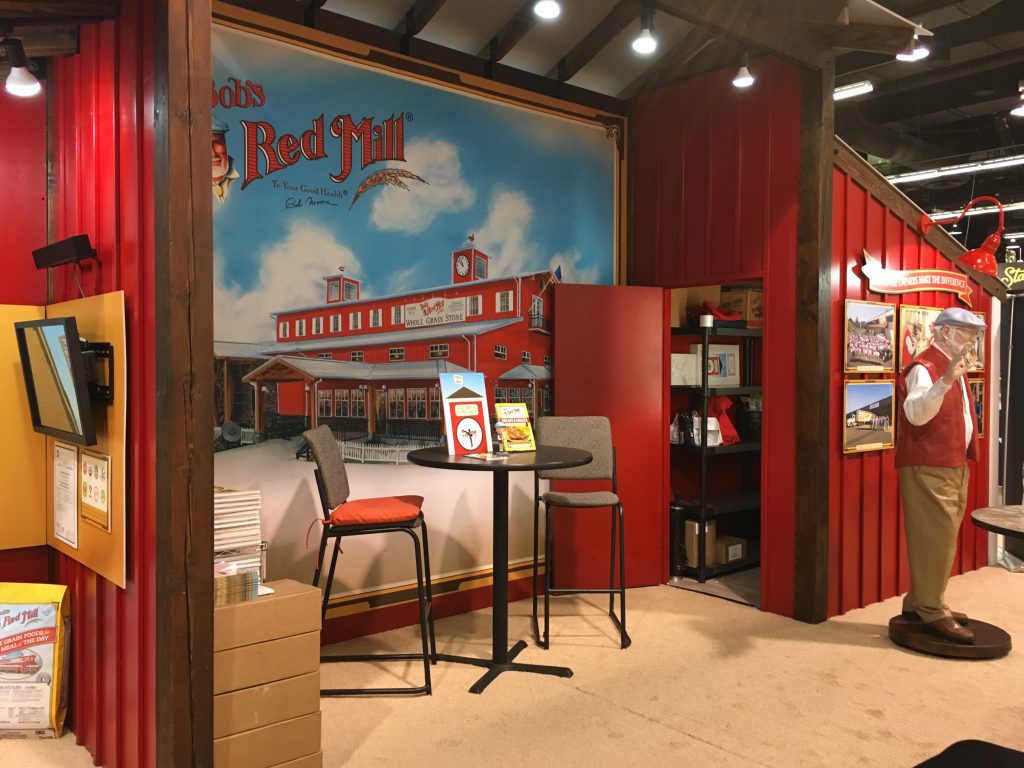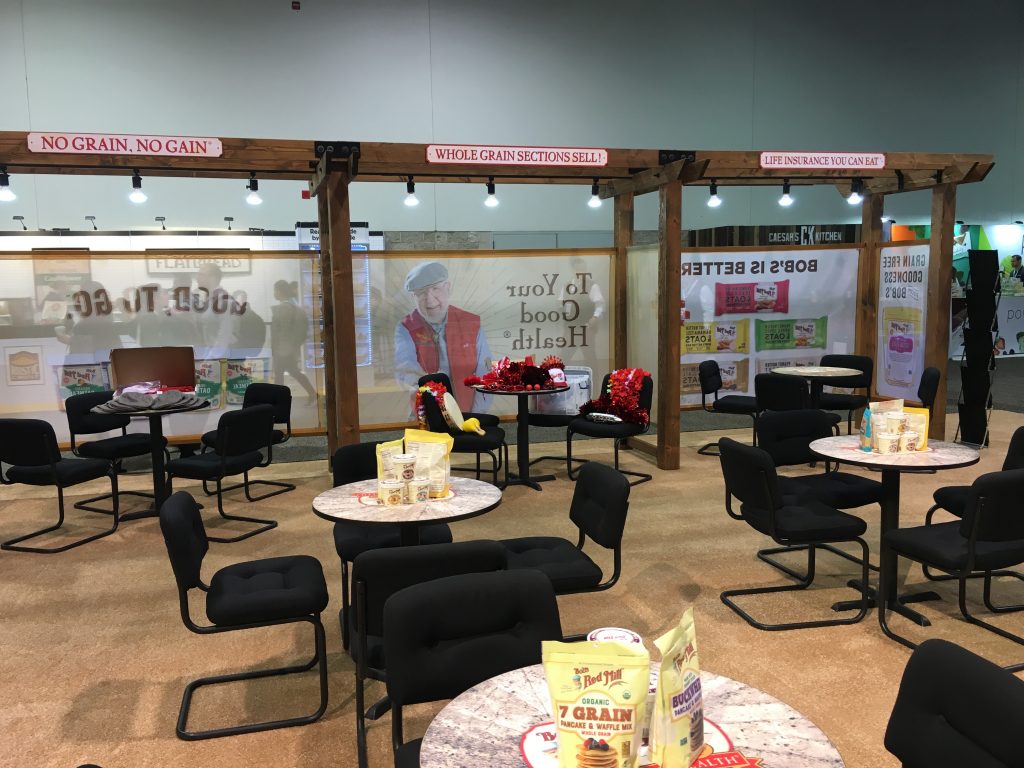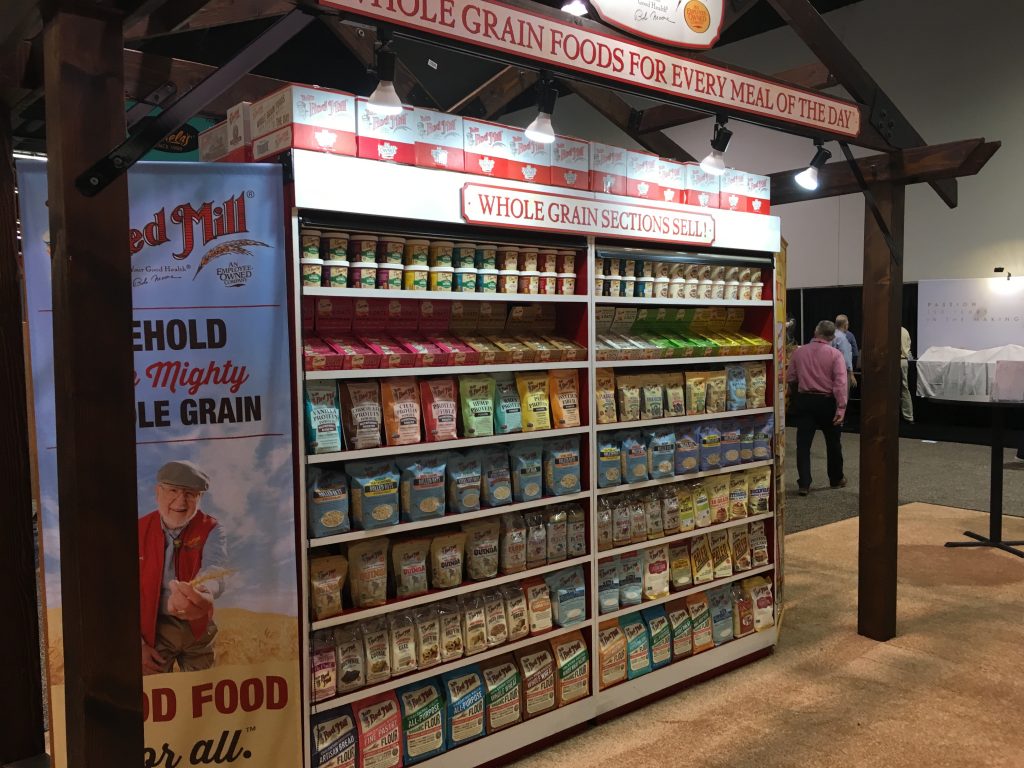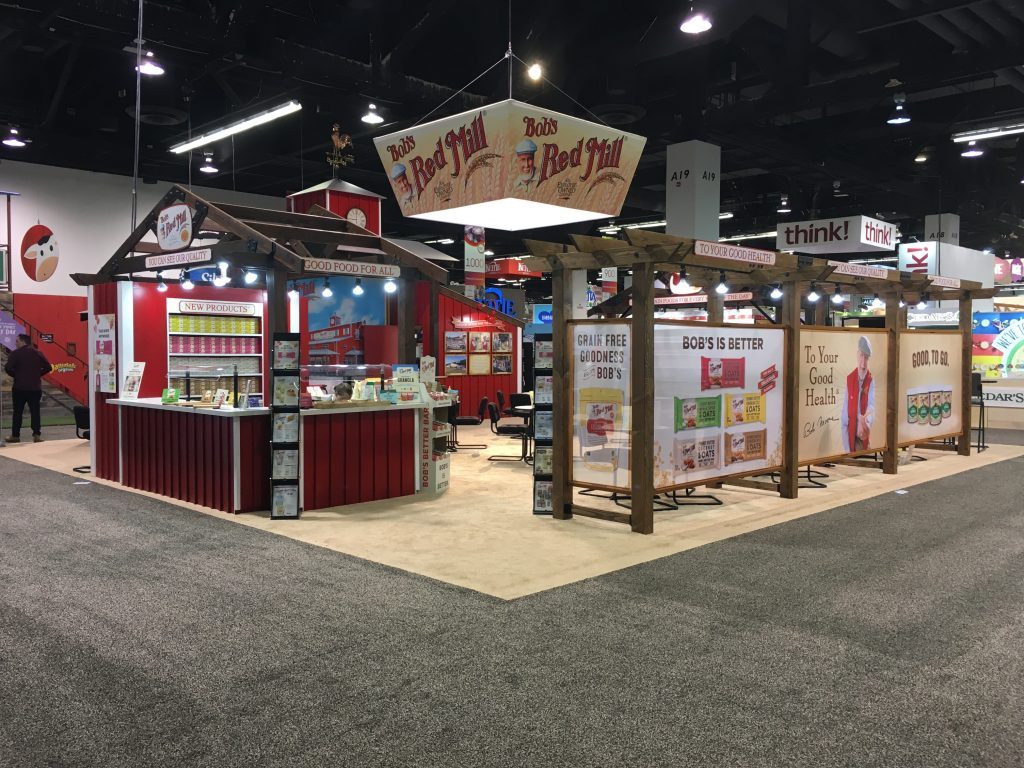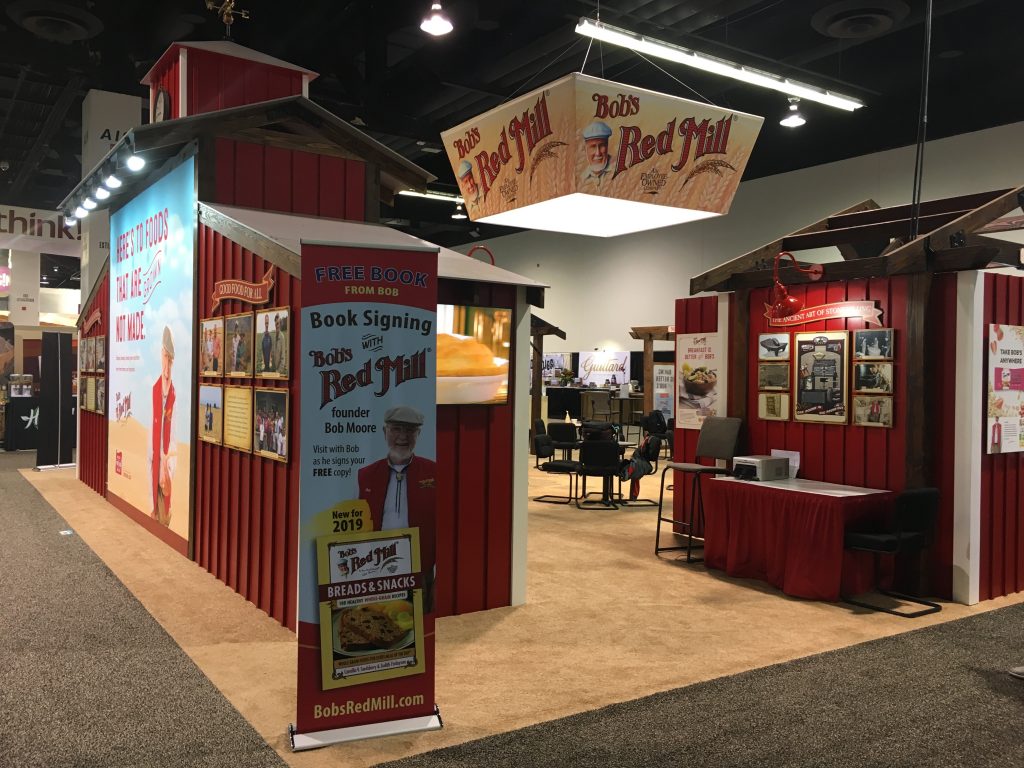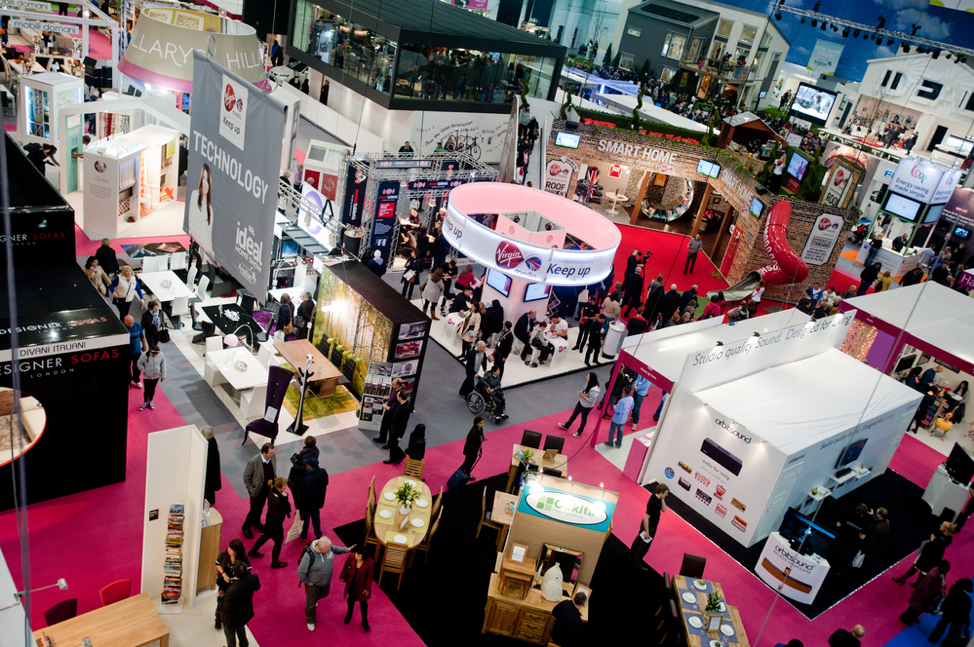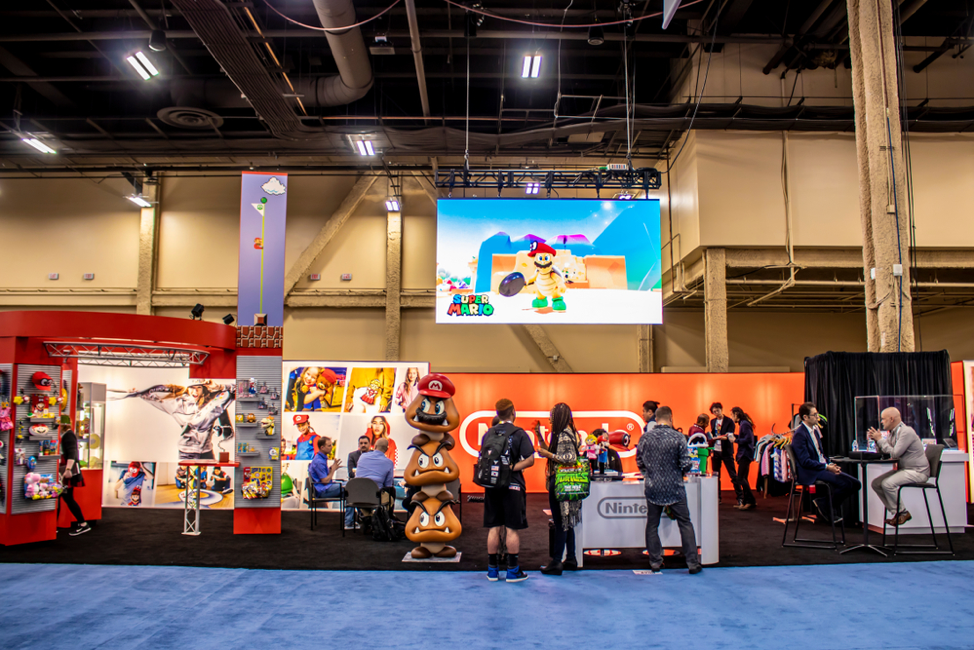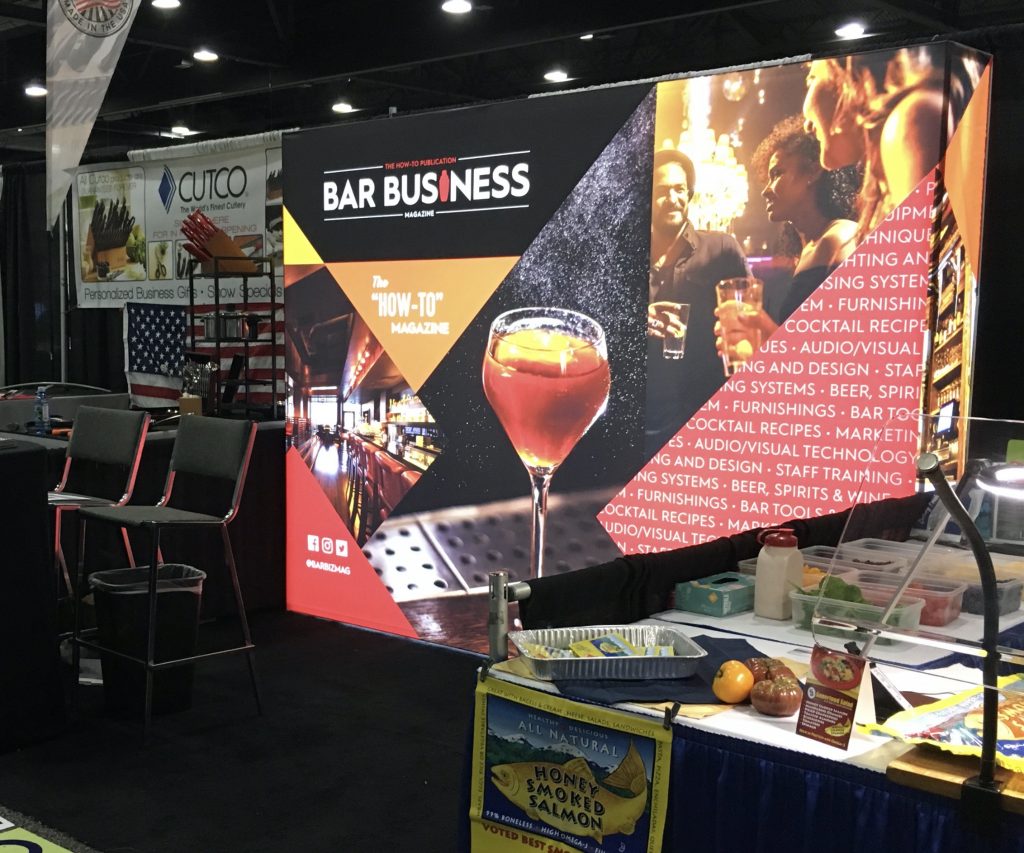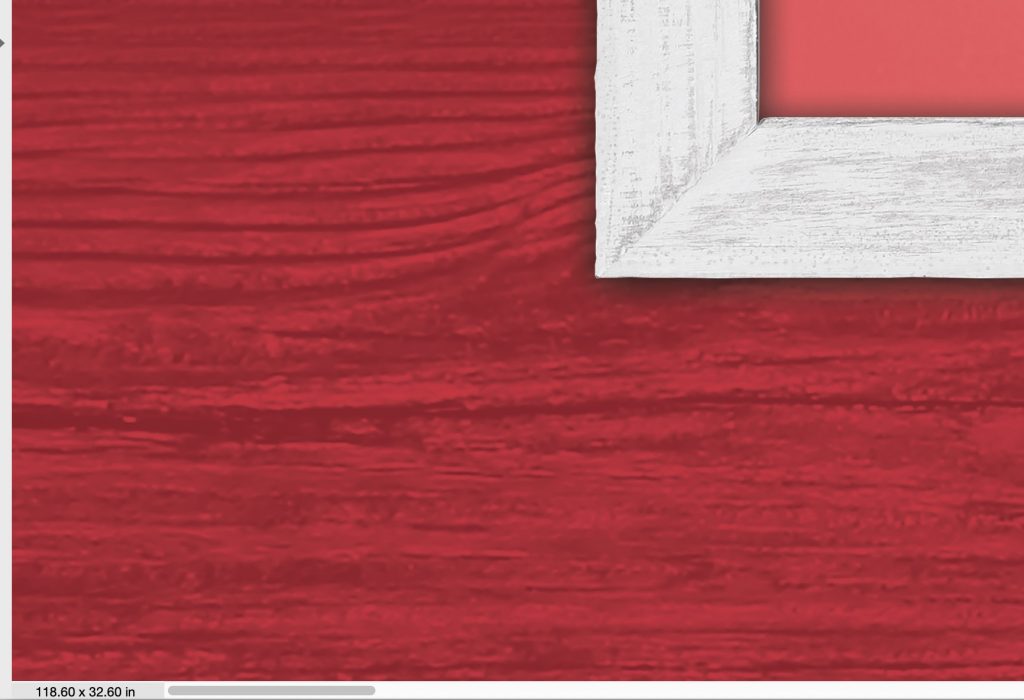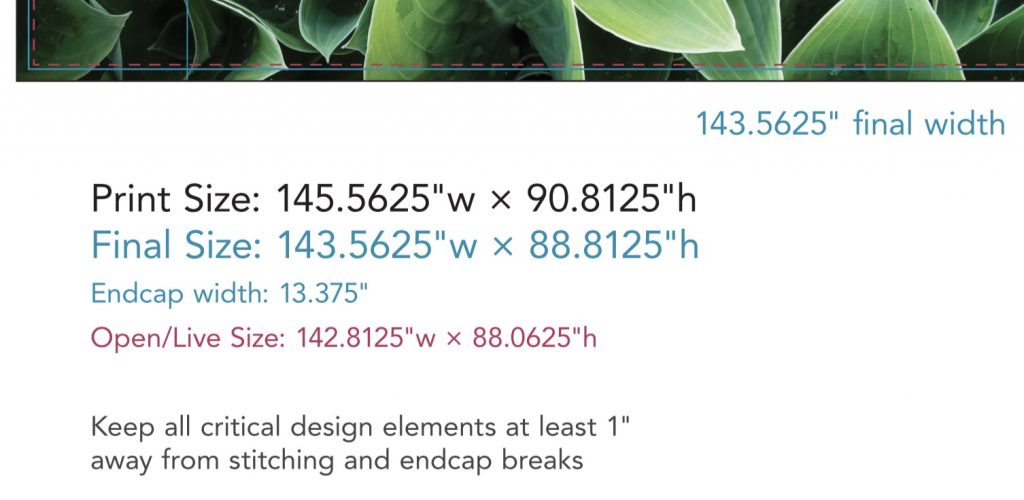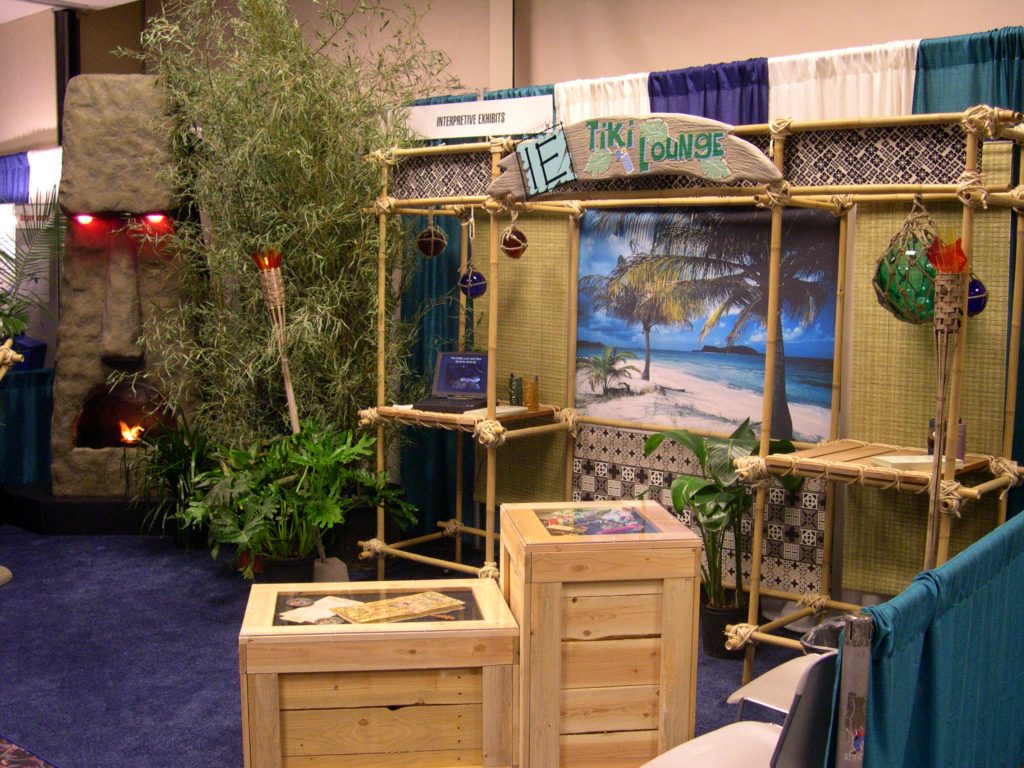Keeping Your Exhibit in Tip Top Shape
You have a new tradeshow exhibit. It looked great at the first show. Congratulations! Now what? Are you going to assume that it’s going to look the exact same for show 2, 3, 4, 5, and so on?
Unfortunately, it doesn’t necessarily work that way. An exhibit, whether stored in a touch wooden crate or a plastic molded rollable case or series of cases, has to be transported from your warehouse to the show floor. It makes many stops along the way. Forklifts pick it up, drop it down. It’s in the way when forklifts with other crates are zooming by on the showroom floor or the warehouse. Forks from the lift seem to have a knack for piercing crates and causing damage.
In other words, you have to invest to keep that once-new exhibit looking as good as new. Estimate vary but expect to invest another 5 – 15% of the original exhibit cost each year to keep it in good shape. And typically, it’s a good investment. The expected lifetime of an exhibit is about five years. By updating (new graphics, additional pieces) and refurbishing (paint, repairs, etc.), you can extend the life of your exhibit, effectively postponing a capital investment for a few years.
Most of the time that makes sense, but I’ve seen cases where the company pushed things much farther than practical. Yes, I’ve seen some exhibits nearly twenty years old, on their last legs, still standing in an exhibit hall. They were once proud and new, but now are just old and decrepit, even with a new coat of paint.
The decision to invest in refurbishment or a new exhibit often depends on a company’s image. With new materials such as aluminum framed lightboxes and fabric graphics, not only does a new exhibit give your company a brand-new look on the show floor, but the reduced weight compared to an old heavy exhibit makes shipping costs come down.
One of our favorite examples of a company deciding to stick with an iconic exhibit and extend the life is our client, Bob’s Red Mill, out of Portland. With a new 30×30 custom exhibit in 2012, they’ve not only expanded and updated, but they’ve dedicated a handful of their staff to make sure the exhibit is in top shape for every show. They refurbish by doing paint touch-up, modest repairs and more. They’ve even invested in new and refurbished shipping crates to further extend the life of the exhibits.
It’s all about getting the most bang for your tradeshow exhibit bucks, and one of the best ways is to extend the life of your exhibit in a creative and sensible way.


